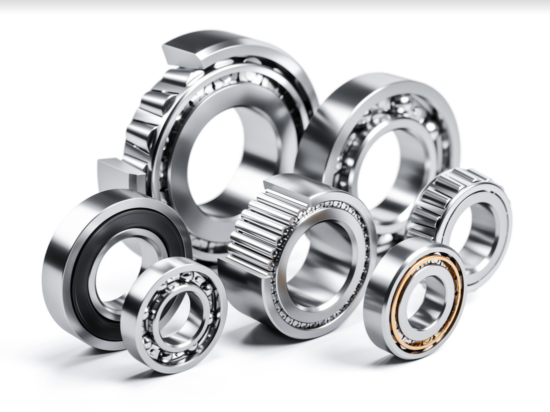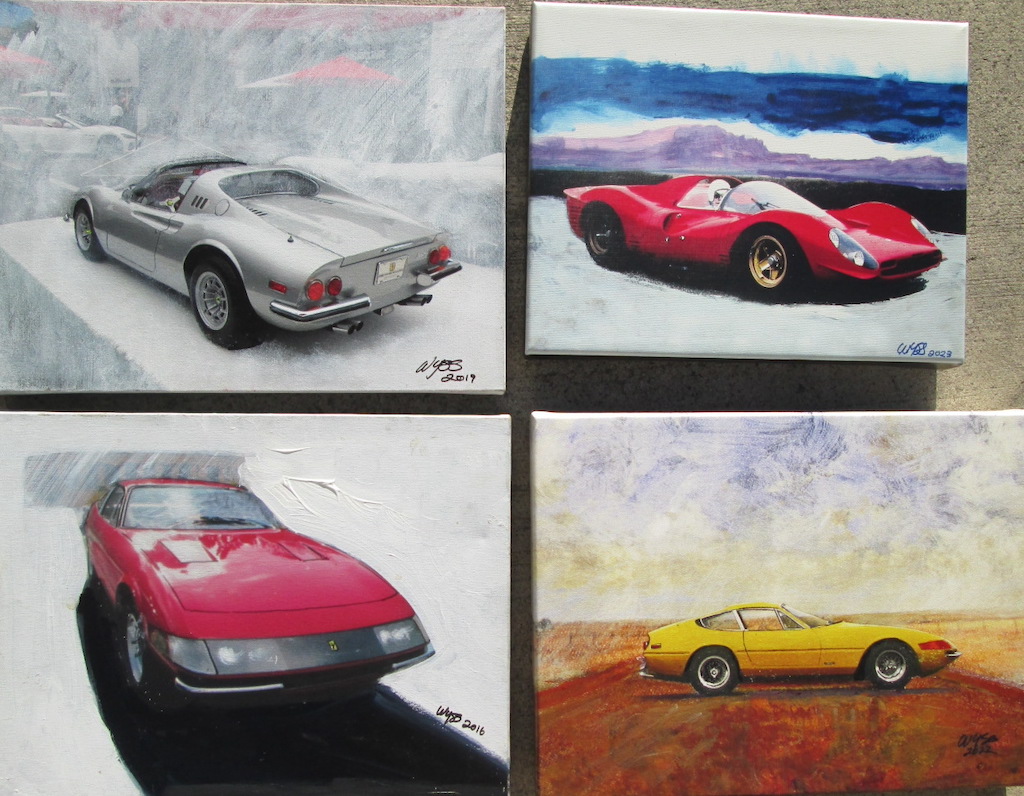Bearings are considered the cornerstone of modern machinery. These are used to ease the load and reduce the friction of rolling parts in any machinery. Aside from cars, bearings are used in planes, electric generators, blenders, and air conditioners. The designs of bearings are simple but have been helpful throughout history.
Philip Vaughn of Carmarthen, Wales, designed the first modern bearing in 1794 as an axel bearing. Classic cars possessed multiple rolling and moving parts that contributed to their prime transportation function. As such, bearings were integrated into the rolling parts. The axel bearing was particularly crucial in the wheel movement.
Car-bearing technology has undergone various modifications over the decades; however, it still performs similar functions. All cars are engineered to accommodate bearings in the engine, transmission, and differential gear moving parts. Below are practical uses of bearing in cars.
Engine operation
A combustion engine has rotating parts equipped with sleeve-type sliding bearings. A sliding bearing is also called a bushing. Reid describes it as a component that can withstand the high pressure generated by the gases in the engine better than a ball bearing. There are four types of sliding bearings in combustion engines.
Main Crankshaft Bearings: The parts of the shaft and rotative forces that the connecting rods transmit allow the crankshaft to rotate under inertia forces. The main bearings are mounted in the crankcase and consist of an upper and lower part.
Connecting Rod Bearings: These allow the crank pin to rotate within the connecting rod, transmitting cycle stresses to the piston. The connecting rod bearings are placed at the big end of the connecting rod. There are two interchangeable components in the connecting rod bearing.
Small End Bushes: These allow the piston to move about the connecting rod, which is attached to the piston by the piston pin. The connecting rod’s small end has end bushes attached there. The piston, pushed by the varying pressure of the combustion gases, cycles loaded small end bushes.
Camshaft Bearings: These support the camshaft by allowing it to rotate. The car engine is the car powerhouse; hence, it is no surprise that it has multiple moving and rolling components. The generated power must be transmitted to the wheelbase to allow the car to embark. As a result, all that power is directed to the car transmission.
Transmission bearings
Transmissions have been a standard component in cars since the reign of classic car.s A car transmission converts engine power into the driving force that facilitates wheel movement. The power conversion is done due to multiple moving parts that utilize bearings. Moreover, combustion engine cars contain two classifications of transmissions: manual and automatic.
The former is operated manually by a driver using a gear shift. This type of transmission contains shafts and gears that are supported by bearings. The shaft is engineered with deep groove ball bearings, cylindrical roller bearings, and tapered roller bearings to support different sizes of axial and radial loads.
The gears constantly rotate and interlock with each other as the driver shifts the stick to increase or decrease the car’s speed. The needle roller bearing is mounted between the gear and shaft. In addition, it rotates on the inner gear surface and outer shaft surface to reduce friction during gear shifts. On the other hand, the latter is engineered to perform the same functions as manual transmissions. However, automatic transmissions use a torque converter to transmit power to the wheels instead of a clutch.
Car movement
The objective of using bearings is to move and rotate car parts roughly in one direction. It can provide simple movement by supporting and guiding components like the wheel or steering shaft. Steering seems straightforward even though you are changing the direction of vehicles weighing over two tons.
The steering column is supported by two bearings at the top and bottom of the column. The bearings are lubricated to minimize wear and tear since the steering shaft undergoes several movements during a drive.
Differential gear bearings
As a car begins to turn left or right, the inside wheels rotate slower than those outside. Differential gears are responsible for boosting the power from the transmission to increase the rotation of the inner wheels as the car turns. The gears are attached to the pinion shaft, connected to the transmission, and the wheel shaft at a 90-degree angle.
Tapered roller bearings are installed on the axel end, pinion shaft, and transmission end to reduce friction. They support the radial and the axial loads as they rotate in both directions. The bearings maintain the correct interlocking of gears as they transmit a large amount of driving force to the wheels on both sides of the automobile.
Bonnet release
A seemingly simple function, such as the bonnet release mechanism, is assisted by the installation of bearings. The bonnet has a heavy metal design that covers the car’s engine. A drag-line bearing is the primary bearing used in the release mechanism. This bearing manages the heavy bonnet load and prevents hard banging during closing.



While you don’t mention them specifically, spindle bearings are an important part of car suspensions. Another, particularly in race cars, is the Heim joint (rod end bearing).
The ubiquitous Timken tapered roller bearing revolutionized the rail and auto industry, Harry H. Timken, Jr, son of the inventor and founder of the company, once owned a ranch here in southern Arizona. His (now deceased) wife, Louise Timken was the first woman licensed to fly a Learjet. She donated the aircraft to the Pima Air and Space Museum, where it remains on display.